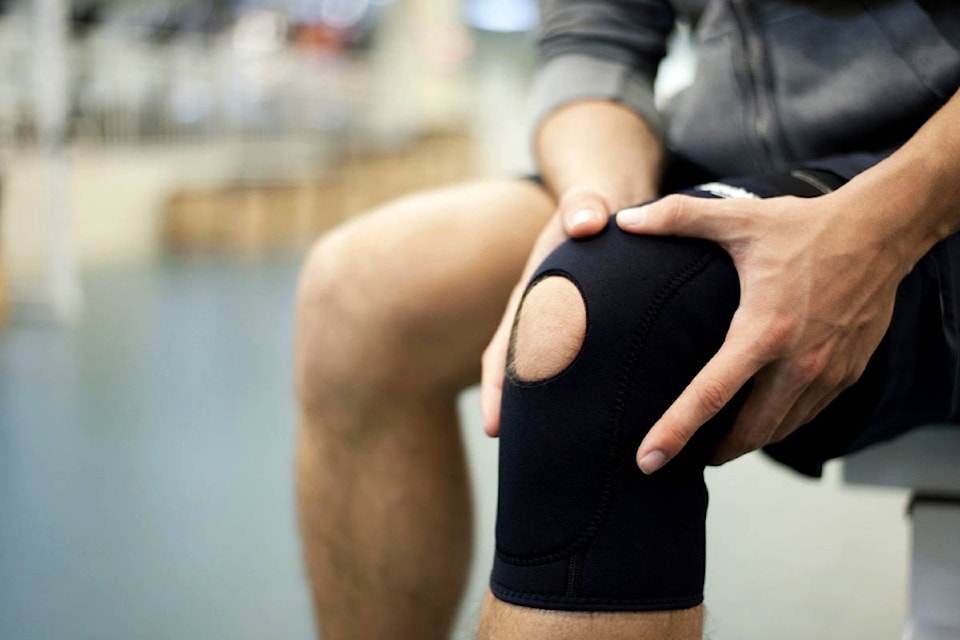Fact: if you have arthritis, you are less likely to exercise than people who do not have arthritis
I think it’s human nature, like a turtle pulling into its shell, to back off when we are in pain. Often it is the best choice to allow our body to heal.
However, we need to differentiate between getting pain from spending eight hours in the veggie garden and having pain every day from a chronic condition such as arthritis.
RELATED: Tackling the pain of arthritis
When we irritate our body, causing temporary pain and stiffness, rest, ice, and analgesics are suitable treatments. After a day or two off, you should be able to resume normal activities.
Chronic conditions are very different because we are reminded of the minute we get out of bed each day.
Even though pretty fit, I have arthritis symptoms in my low back and feel very much like the grandpa I am when I get up in the morning or do too much. My solution is to be more active, not less, but when I say active, it does not including doing dumb things.
When I train at the gym, my weights are lower than they used to be, and my stretching and core work is much longer. My warm-ups are longer as well because as we age, it takes longer to loosen up. My days of doing Olympic lifting and heavy squats are over, and I am okay with that because part of aging successfully is adapting – both mentally and physically.
What are the best forms of exercise for arthritis? For severe cases where there is a lot of joint swelling and mobility is impacted, swimming is number No. 1. When in water, more than 90 per cent of our body weight is suspended by the water, reducing the strain on our joints. Lots of people are bad swimmers. I have the trophy for that. You can compensate by using buoyancy aids such as kickboards. I also strongly recommend swim stroke lessons so that you are more efficient in the water.
No. 2: Resistance training is beneficial because we lose strength as we get older, placing more stress on the joints. Muscles stabilize and mobilize. When we build muscle around a joint, then the load to the joint is reduced when we are not working out. The critical aspect of strength training for older people or persons with arthritis is to use moderate loads (15-20 repetitions for two sets) and a full day of rest between workouts with an alternative activity such as swimming, walking, or biking.Resistance training is also anti-inflammatory because it boosts the immune system while building lean muscle tissue, which has more anti-inflammatory properties than fat tissue.
RELATED: What is a personal trainer anyway?
No. 3: Tai Chi. This ancient martial art combines fluid, slow motions with muscle building and balance, along with serious mental training by pushing the brain to learn movement patterns. Many people practise this art well into their 90s. There is a program here in Sooke which will resume when the COVID restrictions are lifted. I plan on joining as I miss martial arts, but I no longer want to go back to the hardcore training I did for almost 20 years; the old body does not enjoy that anymore.
The key is daily movement, not working out hard enough to cause damage, doing various exercise modes to balance the body, and keeping your body weight at an ideal level – obesity is the worst thing for arthritis.
Getting old is not an option, but how we handle it is full of opportunities. Remember folks: motion is lotion.
•••
Ron Cain is the owner of Sooke Mobile Personal Training. Email him at sookepersonaltraining@gmail.com.
editor@sookenewsmirror.com
Like us on Facebook and follow us on Twitter
